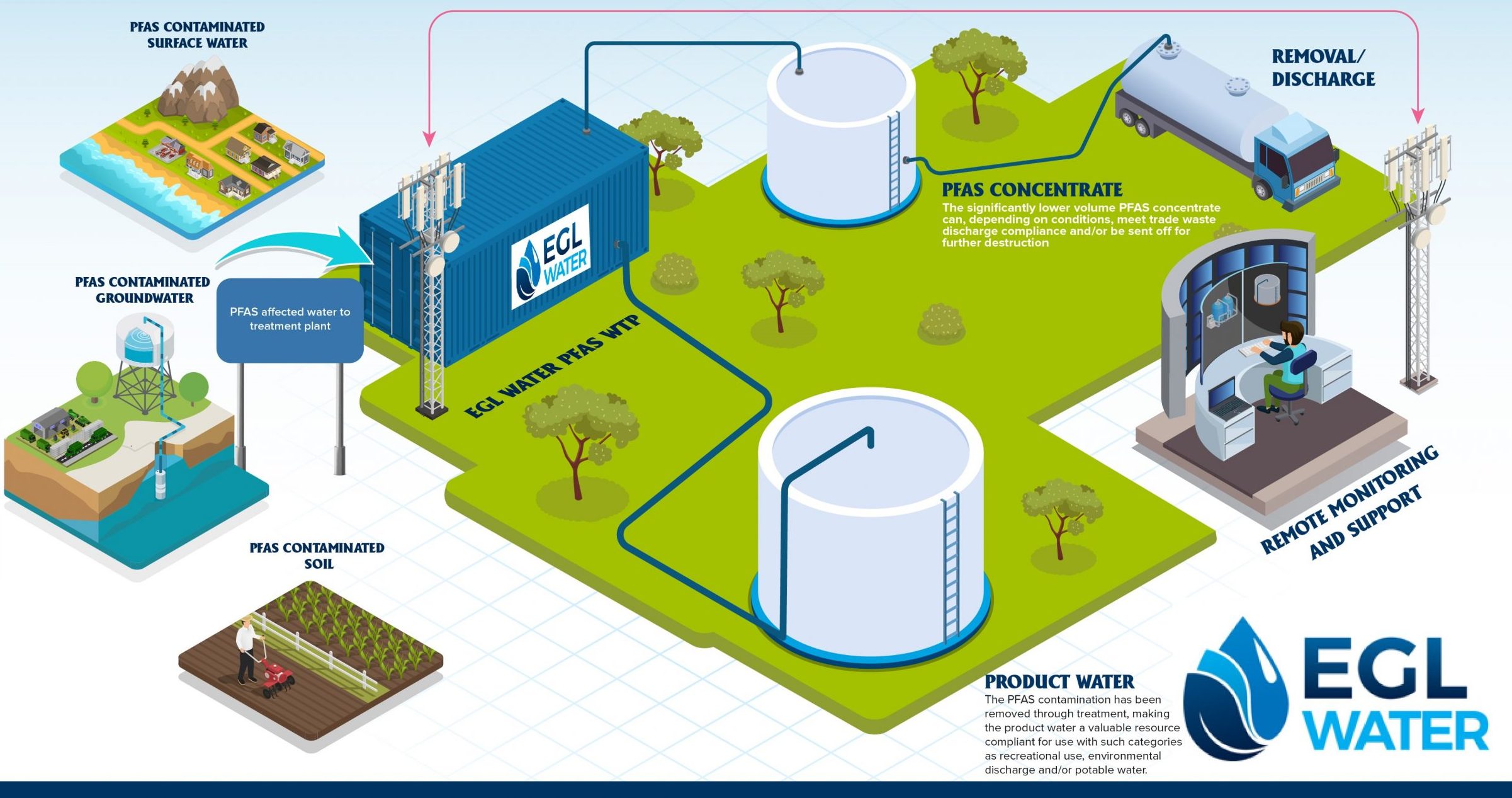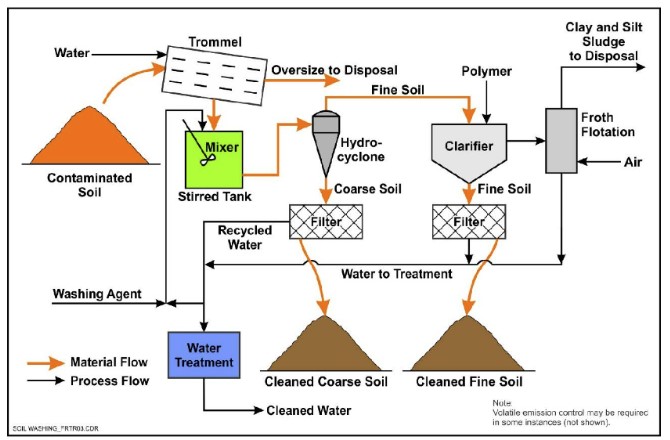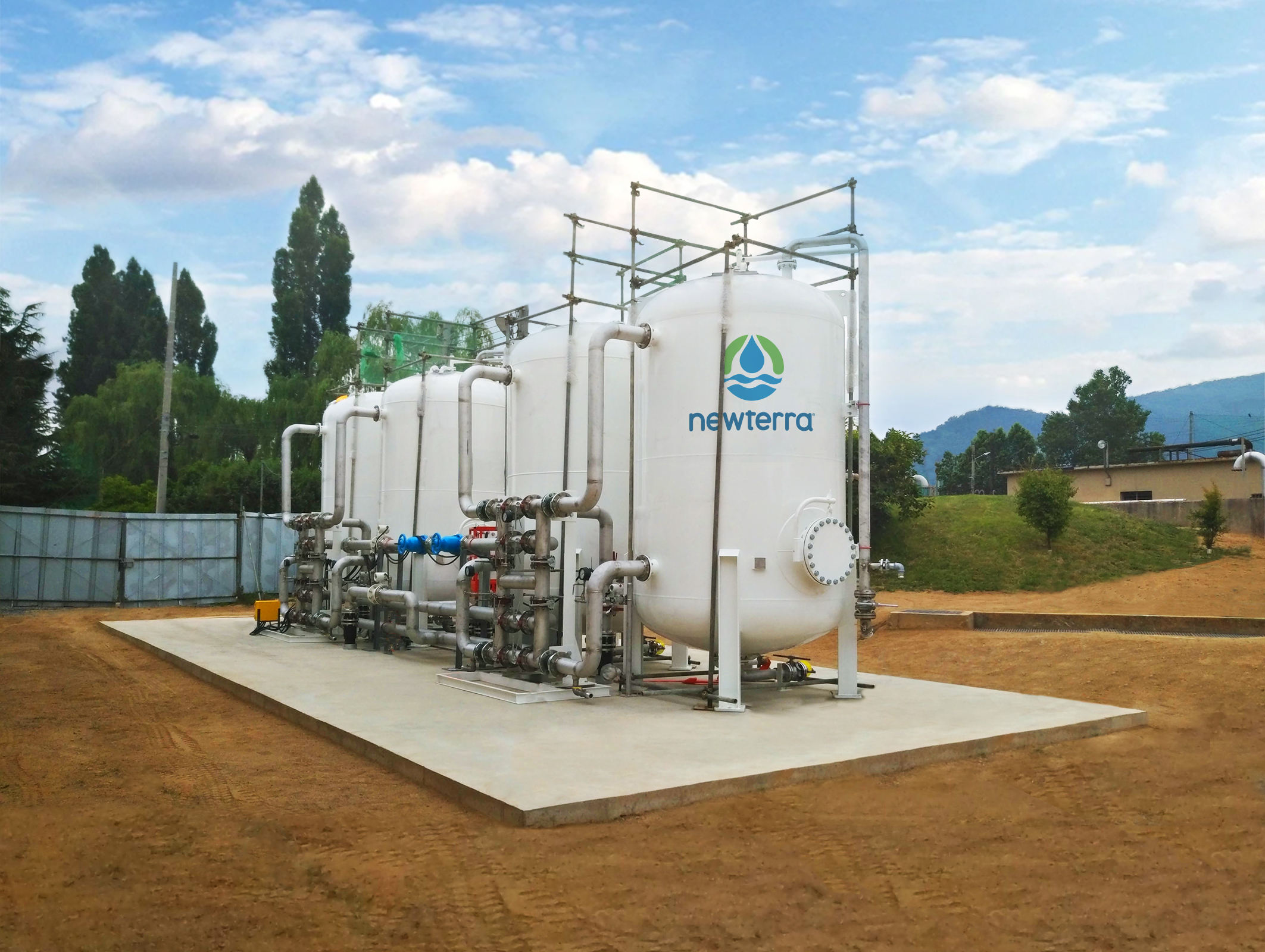How M270 Waste Management Help in the Safe Disposal of Hazardous Materials
Your Overview to PFAS Treatment Technologies and Perks
The occurrence of PFAS contamination in water resources necessitates a complete understanding of readily available treatment modern technologies. Each modern technology not just targets details PFAS substances but likewise plays a critical function in enhancing overall water quality and shielding ecological integrity.
Comprehending PFAS Contamination
Comprehending PFAS contamination is vital for resolving its pervasive effect on ecological and human wellness (m270 pfas treatment). Per- and polyfluoroalkyl materials (PFAS) are a team of artificial chemicals commonly used in numerous commercial and customer items because of their water- and grease-resistant homes. Frequently found in firefighting foams, non-stick pots and pans, and water-repellent materials, PFAS have entered the environment through manufacturing procedures, wastewater discharges, and seeping from garbage dumps
When released, these substances linger in the setting, leading to prevalent contamination of dirt and water resources. Their special chemical structure, characterized by strong carbon-fluorine bonds, makes them resistant to degradation, resulting in a sensation referred to as "permanently chemicals." Consequently, PFAS can collect in the human body and the food chain, possibly creating unfavorable health results, including body immune system disturbance, developing issues, and a raised danger of specific cancers.
Regulative firms and health and wellness organizations are significantly acknowledging the significance of PFAS contamination, triggering efforts to keep an eye on, evaluate, and mitigate its results. Understanding the paths of PFAS contamination is vital for informing public plan and establishing effective approaches to safeguard both ecological and human health.
Introduction of Therapy Technologies
Numerous therapy innovations have been established to resolve the difficulties presented by PFAS contamination in water and dirt. These innovations can be generally categorized into numerous groups, each with its one-of-a-kind mechanisms and performance in removing PFAS compounds.
One noticeable strategy is ion exchange, which utilizes resin materials to record and remove PFAS from contaminated water. This technique is specifically efficient for short-chain PFAS and can attain significant reductions in concentration levels. One more innovation, progressed oxidation processes (AOPs), employs strong oxidants and ultraviolet light to break down PFAS into less dangerous materials. AOPs are ideal for dealing with a wide variety of PFAS compounds but may require careful optimization to take full advantage of efficiency.

Activated Carbon Purification
Activated carbon filtration is a widely utilized method for the removal of PFAS from polluted water, understood for its capacity to adsorb a broad variety of organic substances. This technology uses turned on carbon, an extremely permeable product with a substantial area, which promotes the binding of PFAS particles with physical adsorption. The performance of turned on carbon in getting rid of PFAS is influenced by numerous factors, including the kind of carbon made use of, the contact time, and the concentration of PFAS in the water.
Among the benefits of triggered carbon filtration is its adaptability; it can be implemented in various configurations, such as granular triggered carbon (GAC) systems or powdered activated carbon (POLITICAL ACTION COMMITTEE) systems. GAC systems are usually utilized in larger-scale applications, while PAC can be utilized in smaller or short-term setups. The technology is fairly easy to run and preserve, making it accessible for several water therapy facilities.

Ion Exchange Solution
Ion exchange systems stand for one more reliable click resources technique for the removal of PFAS from contaminated water, matching methods like triggered carbon filtering. These systems operate the principle of trading ions in the water with ions held on a resin product. Ion exchange resins can be especially developed to target the negatively billed PFAS compounds, successfully capturing them and permitting cleaner water to pass through.
Among the key advantages of ion exchange systems is their capacity to remove a large range of PFAS, consisting of both long-chain and short-chain variants. This adaptability makes them appropriate for numerous applications, ranging from metropolitan water treatment to commercial procedures. Additionally, ion exchange systems can usually achieve lower detection limits for PFAS compared to some various other treatment techniques, thus enhancing water quality.
Nevertheless, it is vital to keep an eye on and manage the regeneration of ion exchange media, as the efficiency can decrease over time because of saturation. Appropriate upkeep and substitute of the resin are important for maintaining the system's performance. Overall, ion exchange systems offer a reliable and efficient service for PFAS removal, contributing substantially to secure alcohol consumption water criteria and environmental management.
Advanced Oxidation Processes
Advanced Oxidation Processes (AOPs) utilize powerful oxidants to successfully break down PFAS substances in infected water. These cutting-edge therapy approaches create extremely reactive varieties, such as hydroxyl radicals, that can damage down intricate PFAS particles right into much less unsafe results. m270 pfas treatment. AOPs generally employ combinations of ultraviolet (UV) light, ozone, hydrogen peroxide, or Fenton's reagent, boosting the oxidation possibility and boosting deterioration effectiveness
The key benefit of AOPs lies in their ability to target a wide series of PFAS substances, including both long-chain and short-chain variations. This convenience is important, as PFAS contamination frequently involves this post combinations of various compounds with varying chemical frameworks. In addition, AOPs can be incorporated right into existing water treatment systems, making them a practical solution for numerous municipalities and markets.
However, the implementation of AOPs can be resource-intensive, calling for careful factor to consider of functional costs and energy intake. Furthermore, while AOPs are effective in damaging down PFAS, they may not entirely get rid of all byproducts, demanding more therapy steps - m270 pfas treatment. Overall, AOPs stand for a promising method for attending to PFAS contamination, adding to cleaner water resources and boosted public health and wellness protection

Final Thought
To conclude, attending to PFAS contamination needs a detailed understanding of readily available therapy modern technologies. Triggered carbon filtration, ion exchange systems, and progressed oxidation procedures each present unique benefits for successfully eliminating these unsafe substances from water sources. By picking the proper innovation, communities can boost water high quality, protect public health and wellness, and mitigate the ecological dangers associated with PFAS direct exposure. Continued study and application of these approaches are crucial for efficient management of PFAS contamination in impacted areas.